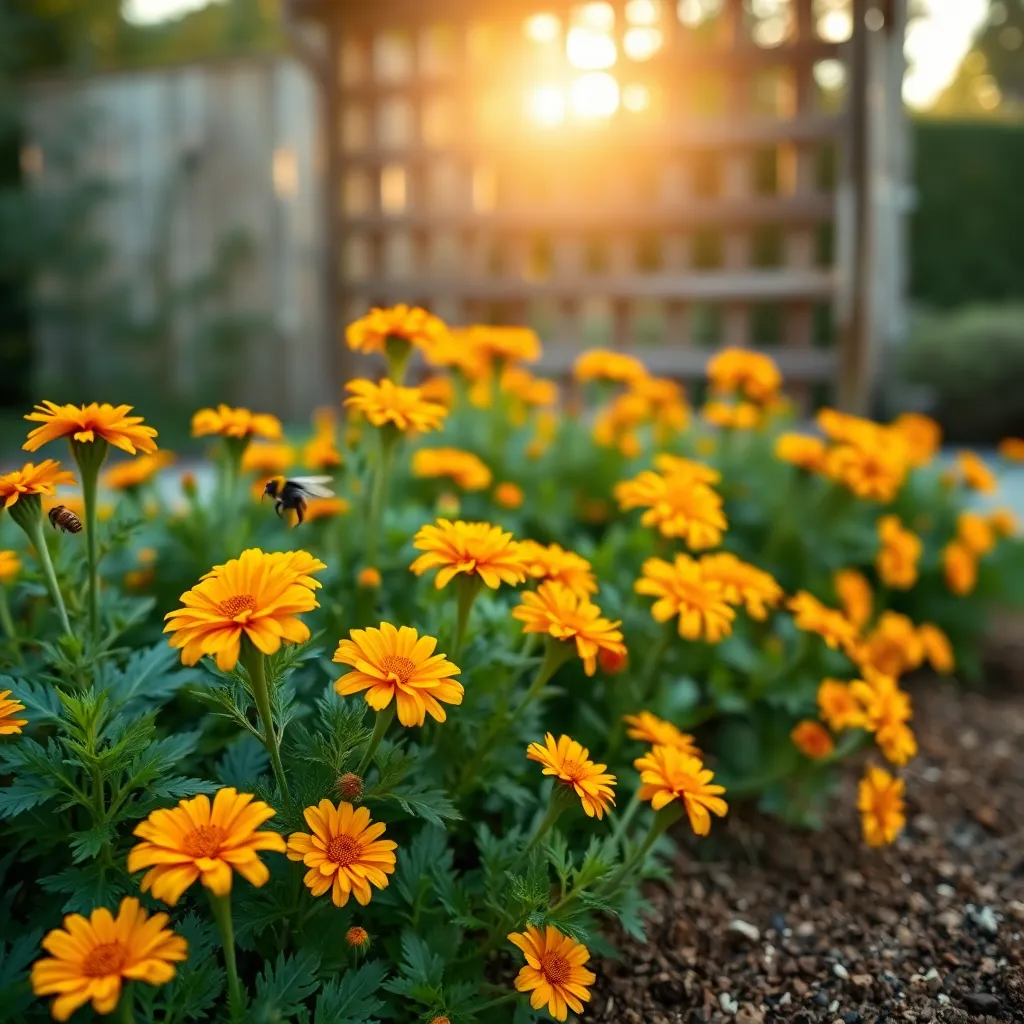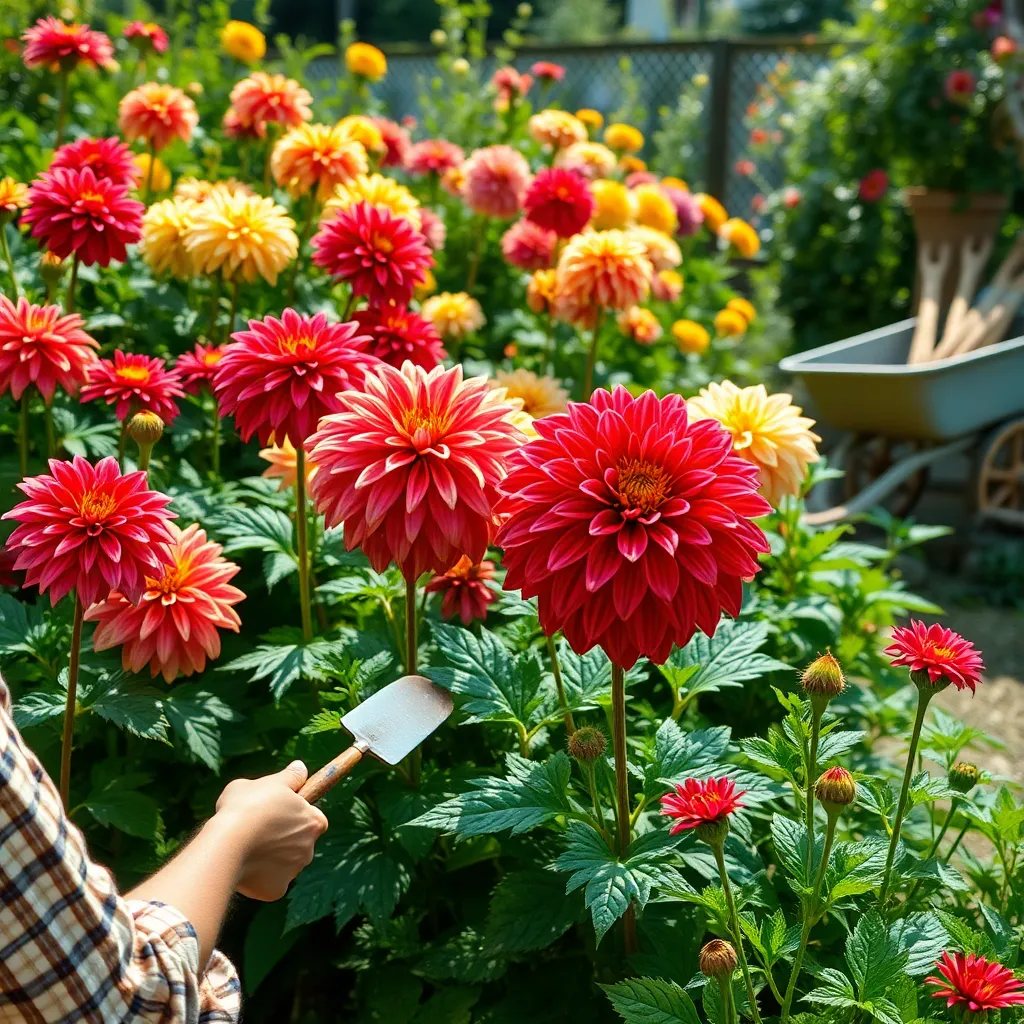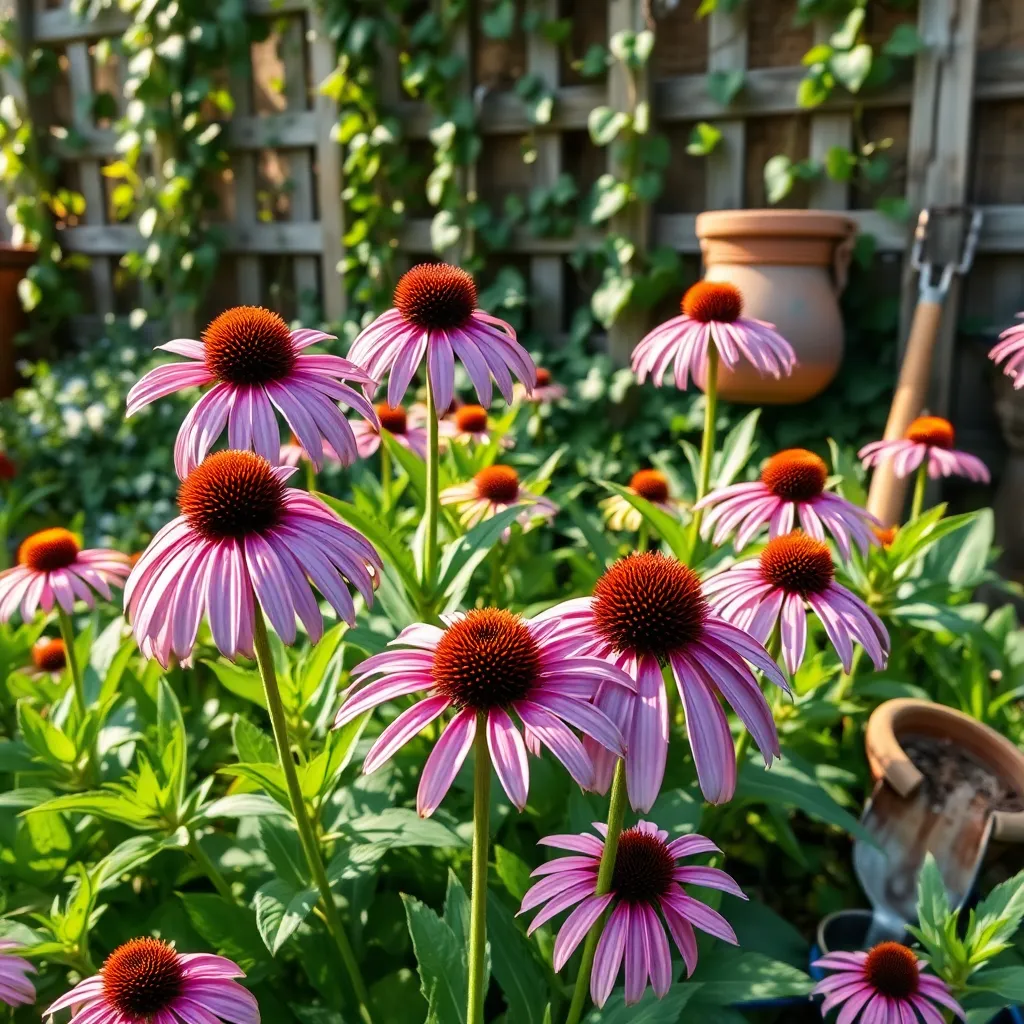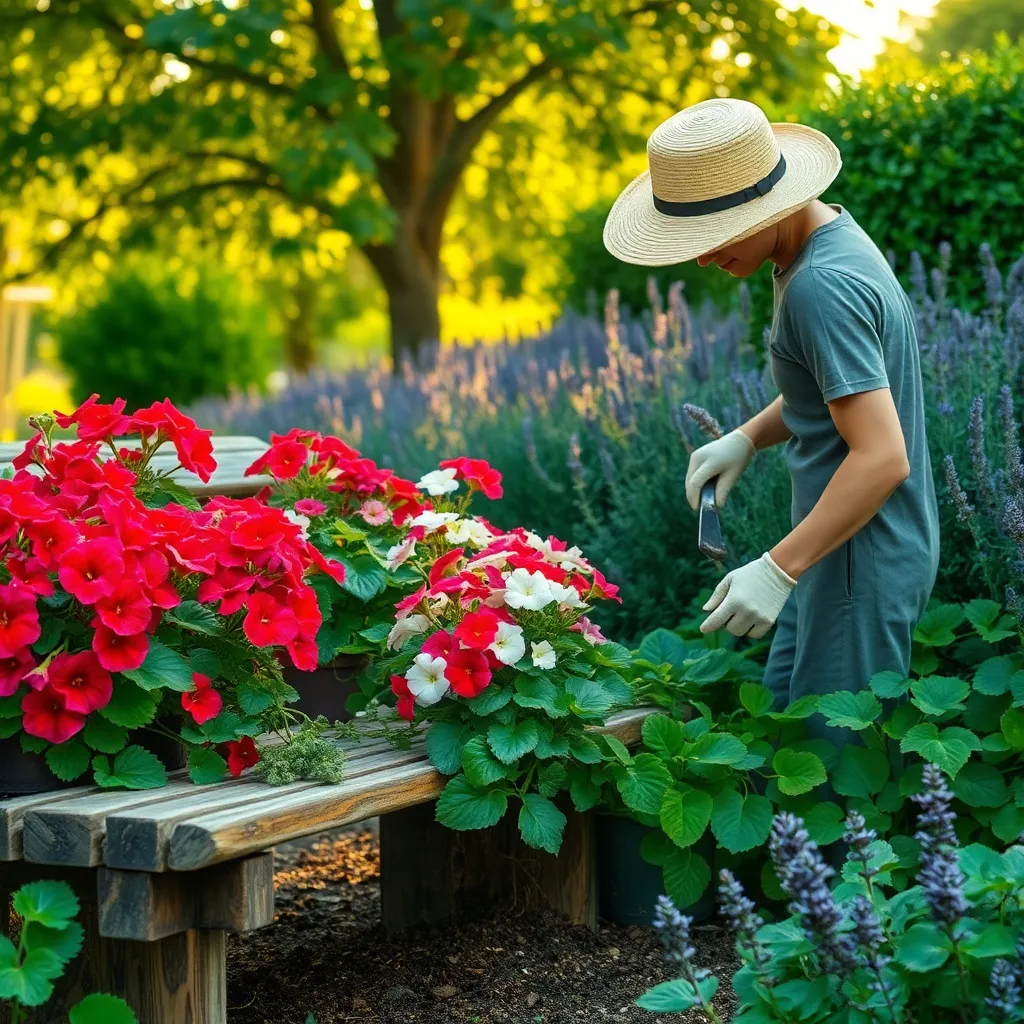Summer is the season when gardens burst into a riot of colors, bringing joy and vibrancy to any outdoor space. Whether you’re planting your very first flower bed or refining a well-loved garden, selecting the right blooms can transform your garden into a dazzling oasis filled with life and beauty.
In “Best Flowers to Grow for a Summer Garden,” you’ll discover a curated list of blooms that not only thrive in the summer sun but also enhance your garden’s appeal with their stunning hues and delightful fragrances. This guide offers practical insights to help you cultivate a garden that not only looks spectacular but also rewards you with low-maintenance, high-impact options that are perfect for any level of gardening expertise.
Embrace the satisfaction of nurturing your own floral paradise and feel confident in your ability to create a breathtaking summer display. With the right choices and a little guidance, your garden will become a source of pride and joy, bringing endless moments of delight throughout the warm months.
Marigolds (Tagetes erecta)

Marigolds, known scientifically as Tagetes erecta, are a vibrant addition to any summer garden with their bright blooms and easy care. These flowers thrive in full sun and prefer well-drained soil, making them an excellent choice for both novice and experienced gardeners.
To plant marigolds, it’s best to start seeds indoors about six to eight weeks before the last expected frost. Transplant them outdoors once the soil warms, ensuring a spacing of about 10 to 12 inches to allow for full growth and airflow.
Watering needs for marigolds are relatively low, as they are drought-tolerant once established. However, they benefit from regular watering during prolonged dry spells to maintain their vibrant blooms.
For those looking to boost their marigold’s performance, consider deadheading spent flowers to encourage continuous blooming. Additionally, applying a balanced fertilizer every four to six weeks can promote robust growth and long-lasting flowers.
Dahlias (Dahlia pinnata)

Dahlias are a stunning addition to any summer garden, known for their vibrant colors and diverse flower shapes. These tuberous plants thrive in well-draining, fertile soil with a pH of 6.0 to 7.5, providing a spectacular display from midsummer until the first frost.
To achieve optimal growth, plant dahlias in a location that receives full sun, ideally 6 to 8 hours per day. Water them deeply and consistently, ensuring the soil remains moist but not waterlogged, particularly during dry spells.
For beginners, starting with tubers in early spring after the danger of frost has passed is recommended. Advanced gardeners might consider staking taller varieties as they grow, using supports to prevent wind damage and encourage strong, upright growth.
Regular deadheading is crucial to promote continuous blooming and maintain plant health. Fertilize every four weeks with a balanced, low-nitrogen fertilizer to support their lush flowering habit, avoiding excess foliage growth.
Petunias (Petunia × atkinsiana)

Petunias (Petunia × atkinsiana) are a vibrant addition to any summer garden, offering a splash of color with their trumpet-shaped blooms. These versatile flowers thrive in full sun, requiring at least six hours of direct sunlight each day to truly flourish.
To keep petunias blooming all summer, it’s important to plant them in well-draining soil rich in organic matter. Consider adding a layer of compost or well-rotted manure to enhance soil fertility before planting.
Regular watering is crucial, especially during dry spells, but avoid waterlogging the roots as this can lead to rot. A good practice is to water early in the morning, allowing the foliage to dry throughout the day, which helps prevent fungal diseases.
For those looking to take their petunia care to the next level, consider pinching back the stems every few weeks. This encourages bushier growth and more abundant flowering, ensuring a stunning display throughout the season.
Coneflowers (Echinacea purpurea)

Coneflowers, or Echinacea purpurea, are a stunning addition to any summer garden, offering vibrant blooms that attract pollinators like bees and butterflies. These hardy perennials are known for their drought tolerance and ability to thrive in a variety of soil conditions, making them an excellent choice for gardeners of all experience levels.
To plant coneflowers successfully, choose a location with full sun, as they require at least six hours of sunlight daily. Although they can grow in various soil types, coneflowers prefer well-draining soil enriched with organic matter to promote healthy growth and blooming.
Water new plants regularly during their first growing season to help establish a robust root system, but once established, coneflowers are quite drought-tolerant. Mulching around the base can help retain soil moisture and suppress weeds, ensuring your plants continue to thrive with minimal effort.
For experienced gardeners looking to propagate coneflowers, consider dividing the plants every three to four years in early spring. This not only helps maintain plant vigor but also allows you to expand your garden with more of these beautiful flowers.
Geraniums (Pelargonium × hortorum)

Geraniums, or Pelargonium × hortorum, are vibrant additions to any summer garden, known for their bright blooms and lush foliage. These hardy plants thrive in well-draining soil and prefer a sunny location, making them an excellent choice for garden beds or containers.
To ensure your geraniums flourish, water them regularly but allow the soil to dry out between waterings to prevent root rot. Deadheading spent blooms will encourage continuous flowering throughout the season, keeping your garden vibrant and colorful.
Fertilizing your geraniums every 4-6 weeks with a balanced, water-soluble fertilizer can enhance their growth and blooming potential. For gardeners in colder climates, consider overwintering potted geraniums indoors by placing them in a sunny window.
Advanced gardeners might explore propagating geraniums from cuttings, which can be a rewarding way to expand your garden. Simply take a healthy cutting, remove the lower leaves, and place it in moist soil or water until roots develop.
Conclusion: Growing Success with These Plants
As you embark on the delightful journey of nurturing your summer garden, remember that each bloom holds valuable lessons for cultivating thriving relationships. The article highlighted five key relationship concepts: patience, as seen in the steady growth of sunflowers; resilience, embodied by the hardy zinnias; the importance of nurturing, demonstrated by delicate roses; adaptability, mirrored in the versatile marigolds; and the beauty of diversity, celebrated through vibrant dahlias. These floral insights remind us that relationships, like gardens, require attention, care, and a willingness to embrace change.
As your immediate next step, reflect on which of these concepts resonate most with your current relationships and set an intention to cultivate that aspect with care and commitment. Bookmark this article now to revisit these insights and strategies as you continue on your relationship journey.
Remember, just as a garden flourishes with love and effort, so too will your relationships bloom with dedication and understanding. As you plant the seeds of these lessons today, look forward to harvesting a future of relationship success, rich with growth and connection. Save this article as a resource to inspire and guide you along the way. 🌻
